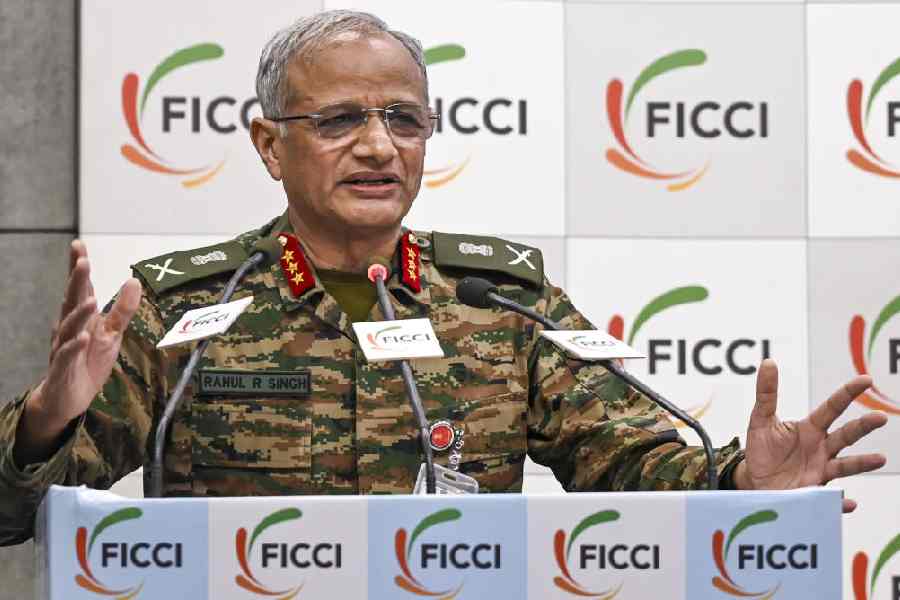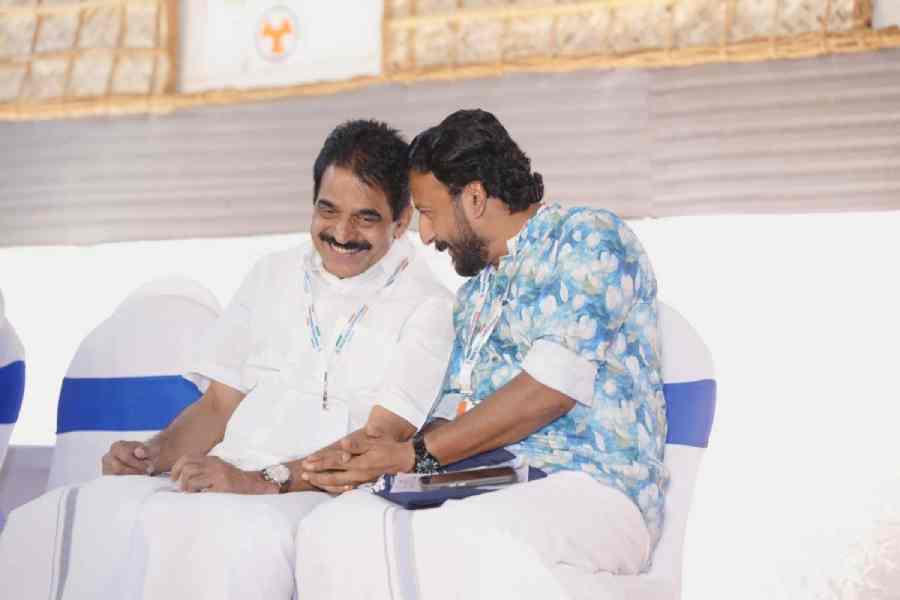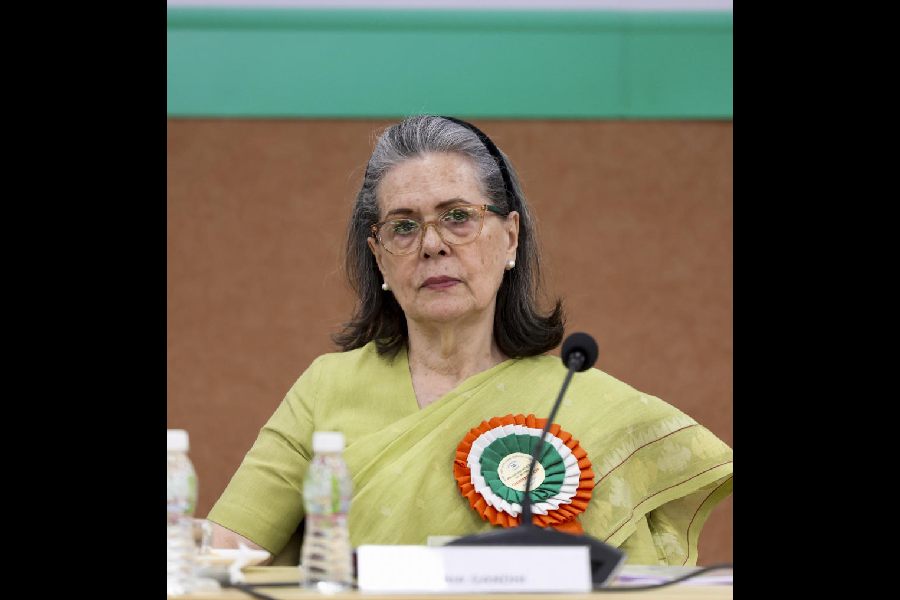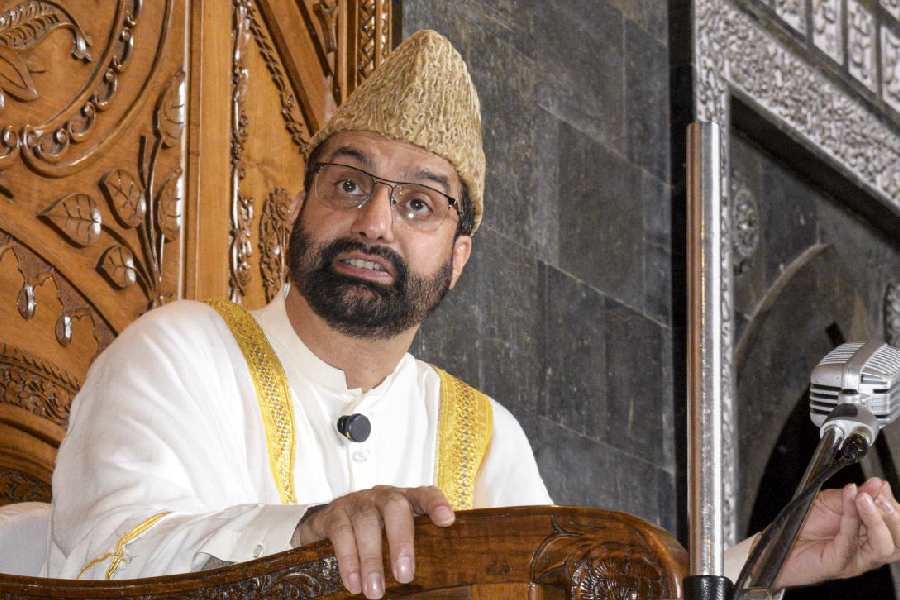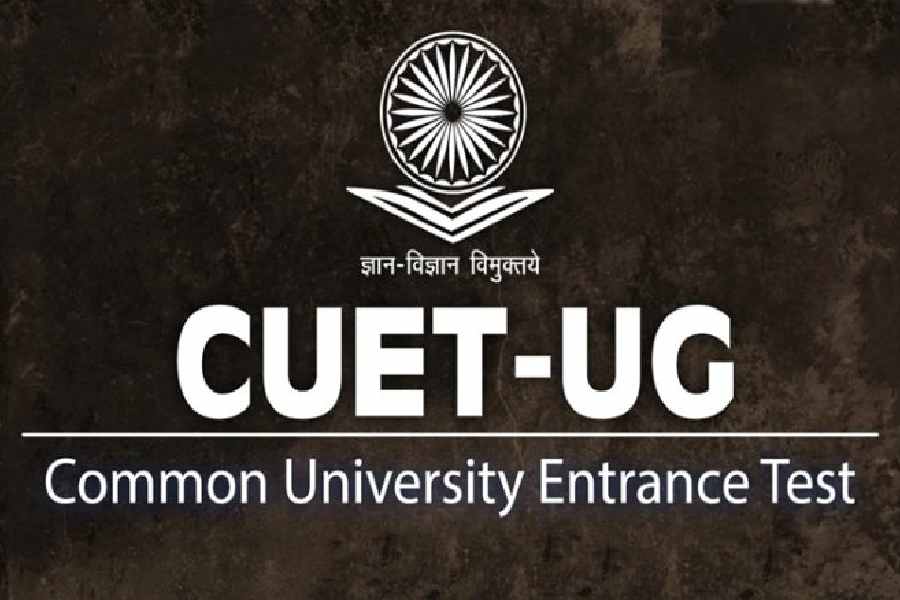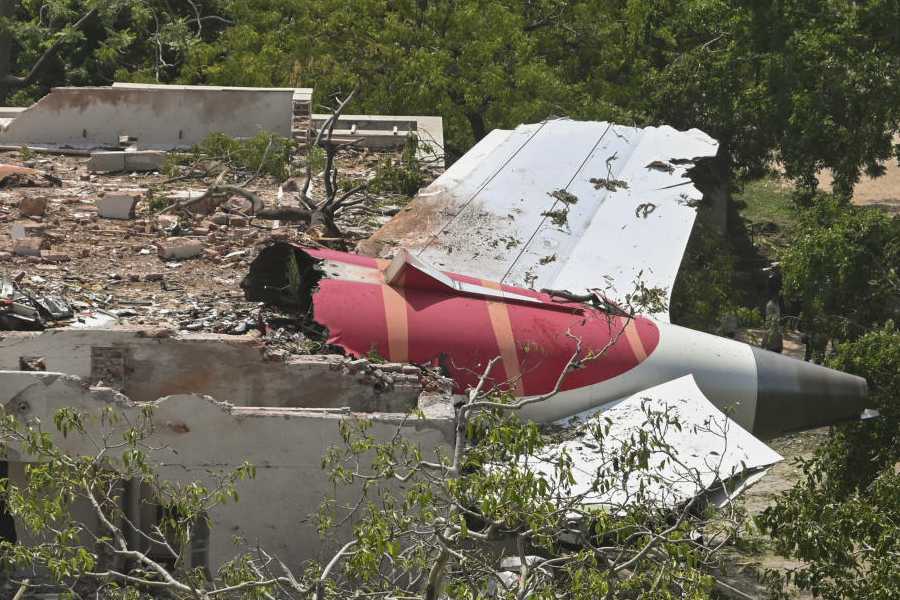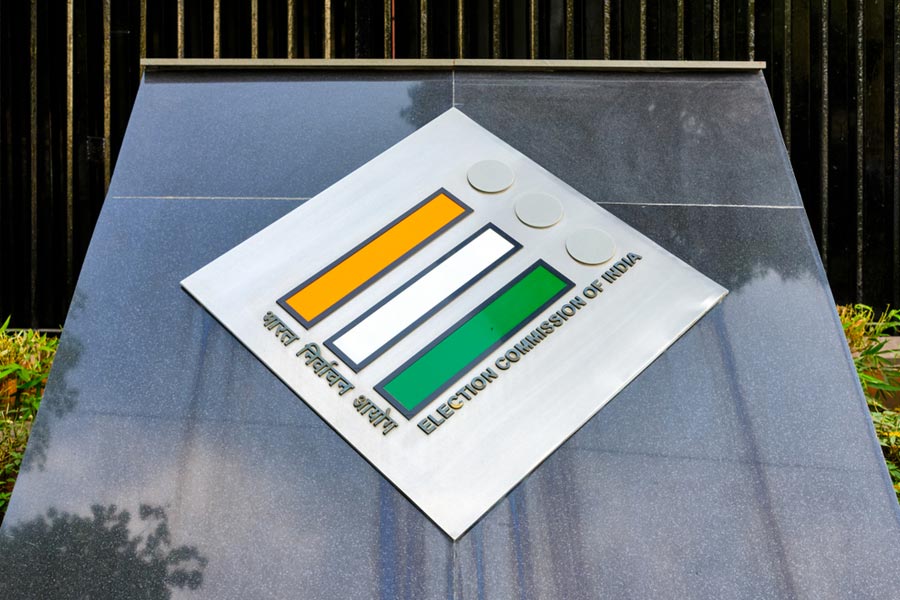
Ranchi, Dec. 21: The five-member geological team from Mexico, Lucknow and Sahebganj (Jharkhand) wound up its three-day tour of Rajmahal Hills today with the promise to continue research to predict what the world map would look like 50 to 200 million years from now.
"We have collected 14 samples of igneous (volcanic) rocks and petrified rocks (fossilised remains of vegetation) from different places in Rajmahal Hills, Boreo, Sahebganj, Barharwa and Pathna. These rock samples will be subjected to carbon dating to determine their age. Preliminary research has already shown that similar rocks have been seen in Antarctica, South Africa and the Americas," said Ranjit Kumar Singh, head of geology at Sahebganj College.
Besides Singh, the team comprised Louis Alva Valdivia and Amar Agarwal from National Autonomous University of Mexico; and K.K. Agarwal and Gaurav Joshi from Lucknow University.
The geologists said similarities between Rajmahal rocks and those in Antarctica confirmed that India had once been a part of the polar region and was separated millions of years ago. Research has also shown that over centuries, the North Pole and the South Pole have been displaced many times.
"There was also a time when India was located south of the Equator at around 50°. Today, the Indian subcontinent is located between 6° 44' latitude and 35° 30' north of the Equator. The rock samples that we have collected from different places in Rajmahal have magnetic properties in them. We will examine the rocks to find out more about the continental drift and their possible recurrence," Singh said.
Rajmahal Hills, sprawling over 2,600sqkm, are home to some of the rarest plant fossils conserved by nature. Nearly 125 million years ago, this region had witnessed extensive volcanic eruptions at a time when the Earth, then a single landmass, began to break apart and drift away.
"We are proud of possessing nature's precious gifts, preserved for millions of years. This wonder may fast disappear unless mining activities, particularly stone crusher units, are banned. There is an urgent need to declare Rajmahal a no-mining zone. We are receiving co-operation from Sahebganj DFO Manish Tiwary who has taken a lead role to revive a fossil park project planned for Mandro in Rajmahal," Singh added.


